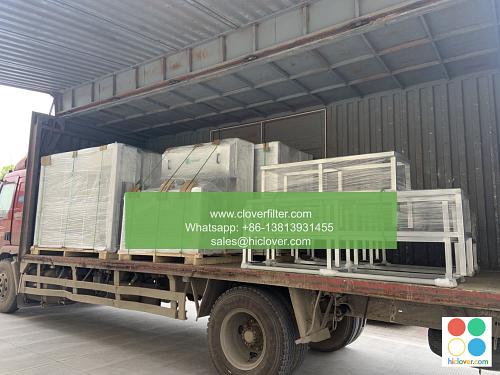Sustainability and Environment

As the world grapples with the challenges of climate change, environmental degradation, and resource depletion, the importance of sustainability and environmental conservation cannot be overstated. In this article, we will delve into the concept of sustainability, its various application areas, and the ways in which we can work towards a more environmentally friendly and sustainable future.
What is Sustainability?
Sustainability refers to the ability to maintain or support a process without depleting natural resources or causing harm to the environment. It involves meeting the needs of the present without compromising the ability of future generations to meet their own needs. Sustainability is often associated with the three pillars of sustainability: economic sustainability, social sustainability, and environmental sustainability. These pillars are interconnected and interdependent, and achieving sustainability requires a balance between them.
Application Areas of Sustainability
Sustainability has a wide range of application areas, including:
* Renewable energy: Solar, wind, and hydroelectric power are examples of renewable energy sources that can help reduce our reliance on fossil fuels and mitigate climate change.
* Sustainable agriculture: Practices such as organic farming, permaculture, and regenerative agriculture can help promote soil health, biodiversity, and ecosystem services.
* Green architecture: Building design and construction can be optimized to reduce energy consumption, water usage, and waste generation, while also promoting indoor air quality and occupant health.
* Sustainable transportation: Electric and hybrid vehicles, as well as non-motorized transportation options such as walking and cycling, can help reduce greenhouse gas emissions and promote air quality.
Environmental Conservation
Environmental conservation is a critical aspect of sustainability, and involves the protection and preservation of natural resources and ecosystems. This can include:
* Wildlife conservation: Efforts to protect and preserve endangered species and their habitats can help maintain biodiversity and ecosystem health.
* Water conservation: Practices such as water harvesting and water efficiency can help reduce water waste and promote water security.
* Waste management: Reducing, reusing, and recycling waste can help minimize landfill waste and promote resource recovery.
Challenges and Opportunities
Despite the importance of sustainability and environmental conservation, there are many challenges that must be addressed. These include:
* Climate change: The impacts of climate change are far-reaching and devastating, and require immediate attention and action.
* Resource depletion: The depletion of natural resources such as water, soil, and fossil fuels can have significant environmental and economic consequences.
* Environmental degradation: The degradation of natural habitats and ecosystems can have significant impacts on biodiversity and ecosystem health.
However, there are also many opportunities for promoting sustainability and environmental conservation. These include:
* Renewable energy: The cost of renewable energy is decreasing, making it more accessible and affordable for individuals and businesses.
* Sustainable technologies: Advances in green technologies such as energy efficiency, green building, and sustainable transportation can help reduce environmental impacts and promote sustainability.
* Environmental policies: Governments and organizations can implement policies and regulations that promote sustainability and environmental conservation, such as carbon pricing, green taxes, and environmental standards.
Conclusion
In conclusion, sustainability and environmental conservation are critical for promoting a greener future. By understanding the concept of sustainability, its various application areas, and the ways in which we can work towards a more environmentally friendly and sustainable future, we can take action to address the challenges and capitalize on the opportunities that exist. Whether through renewable energy, sustainable agriculture, green architecture, or environmental conservation, there are many ways to promote sustainability and create a better future for ourselves and for generations to come. You haven’t asked a question or provided any context for me to respond to. What would you like to talk about or ask? I’ll do my best to provide a helpful and direct answer.

